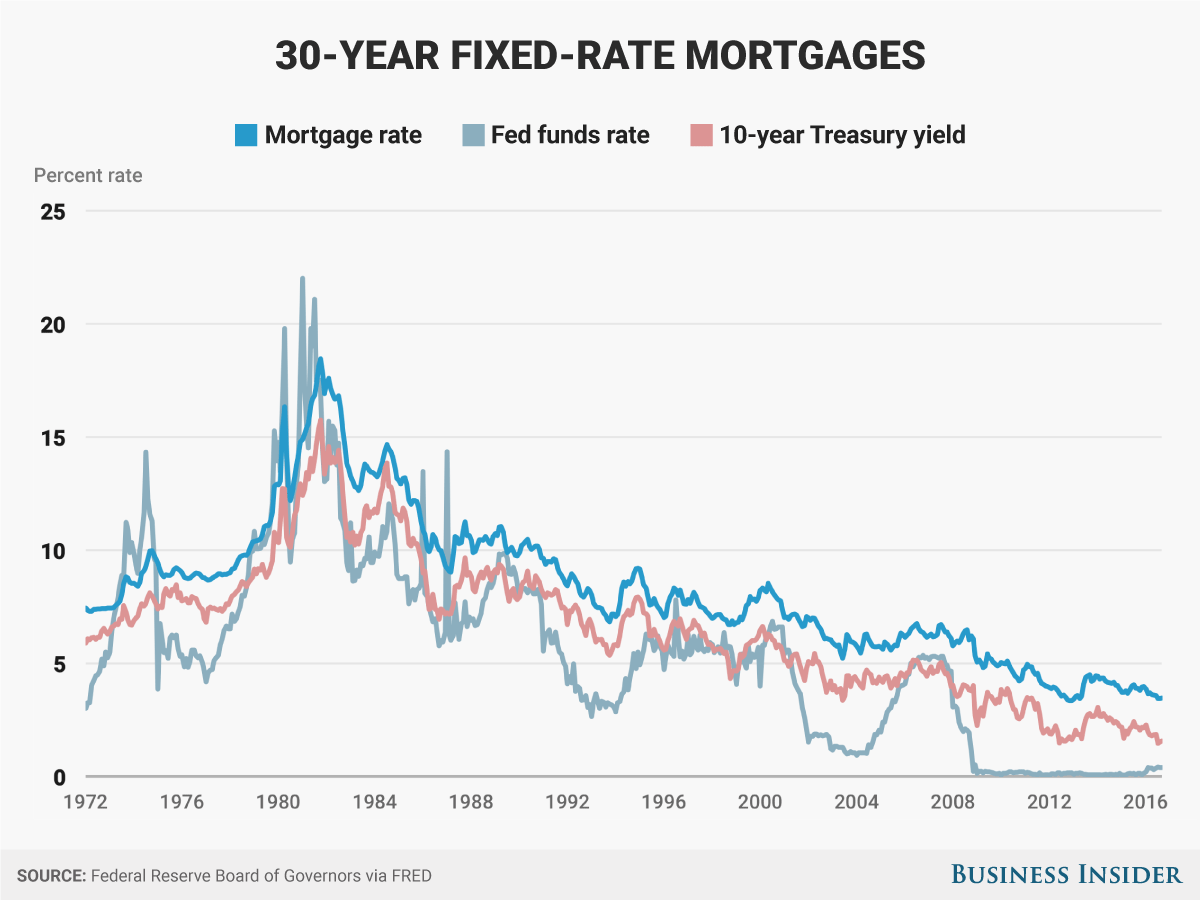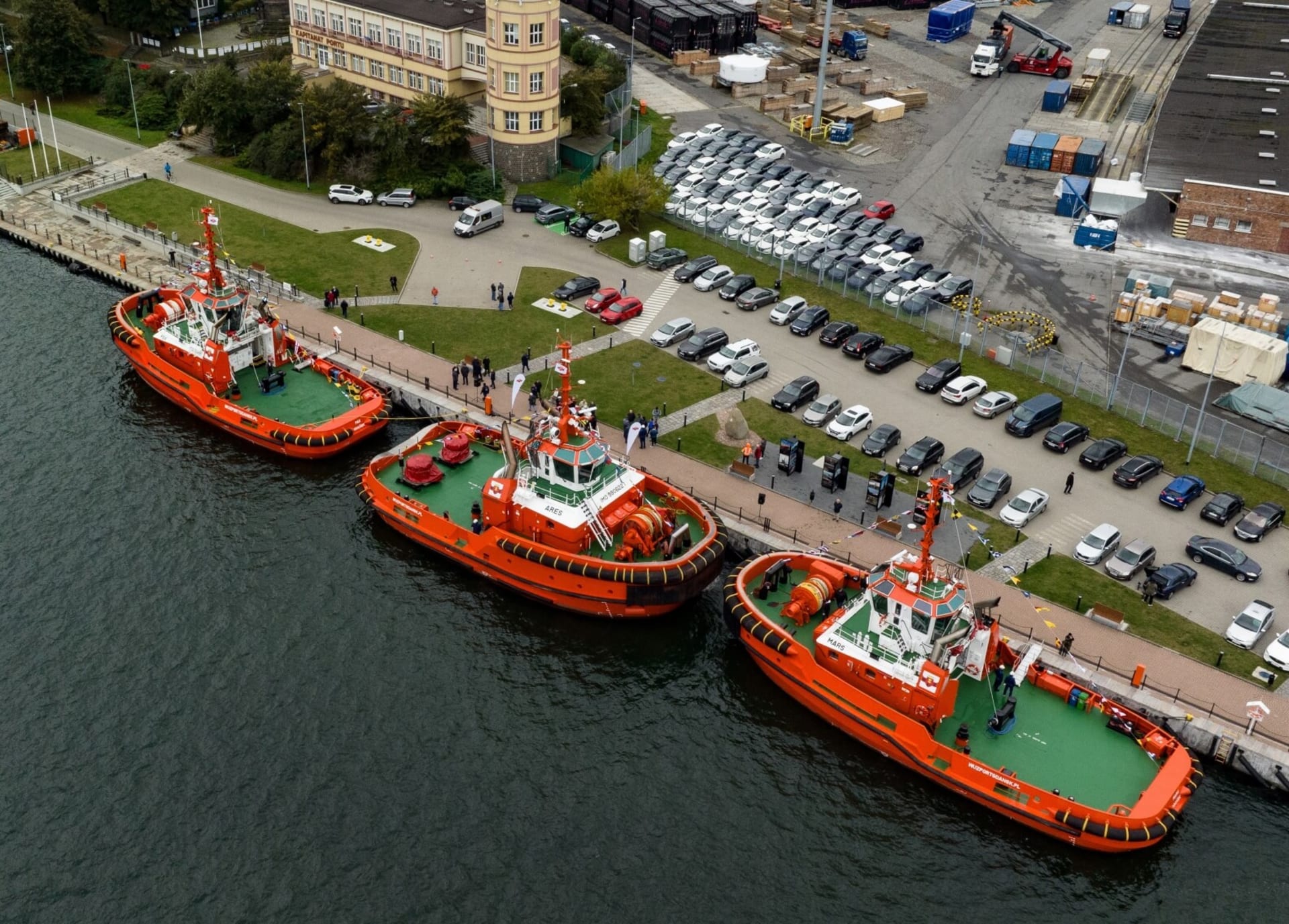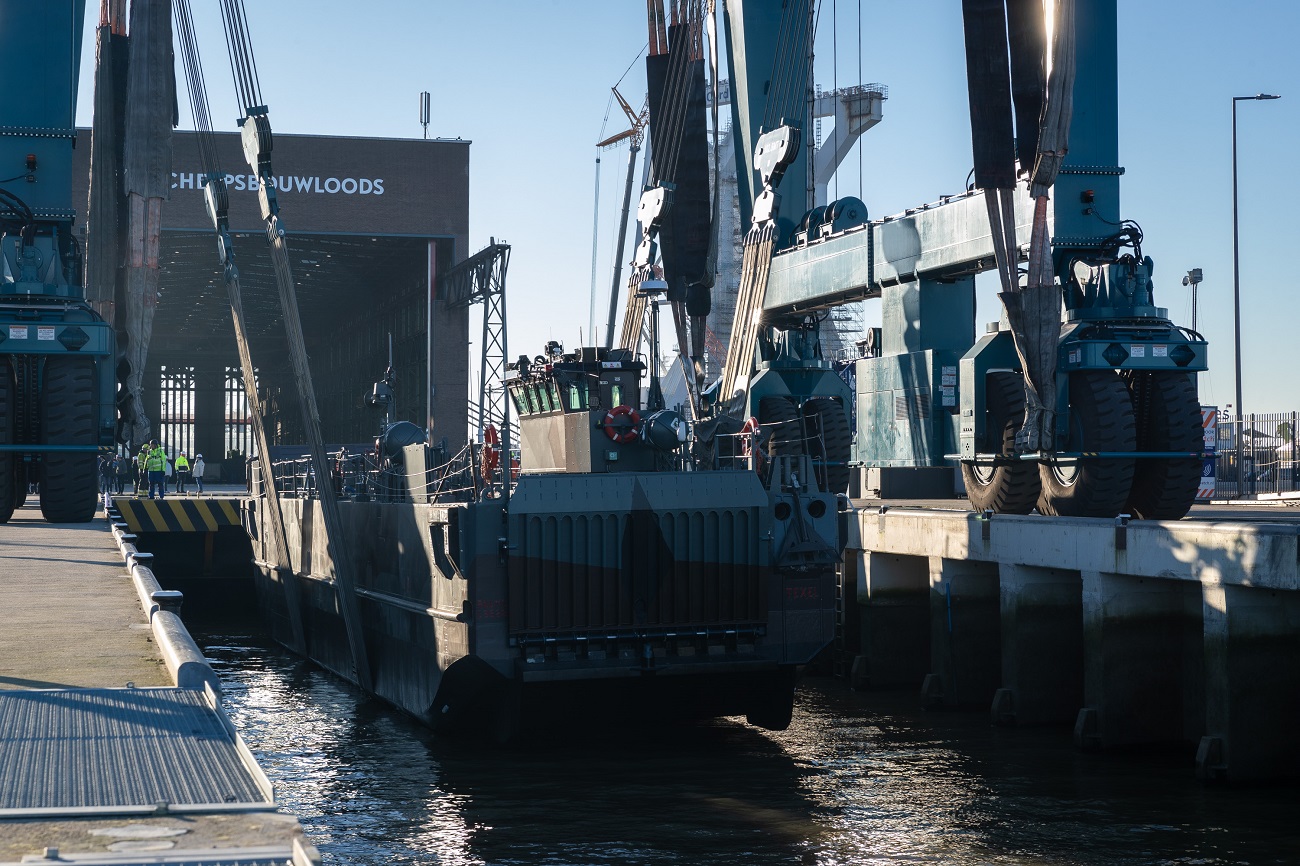CEO Concerns: Trump's Trade Policies And Their Impact On Consumers

Table of Contents
The Rise of Protectionism and its Impact on CEO Decision-Making
Trump's administration marked a significant shift towards protectionist trade measures. This departure from more free-market-oriented policies involved the implementation of tariffs on imported goods from various countries, sparking retaliatory measures and initiating a period often referred to as "trade wars." This protectionist approach fundamentally altered the landscape for CEOs, forcing them to adapt their business strategies and decision-making processes.
The sudden imposition of tariffs significantly impacted supply chains and business planning. CEOs faced increased costs of imported goods and raw materials, leading to higher production expenses. This uncertainty in global markets created hesitancy around future investments. The unpredictable nature of trade policies made accurate forecasting of future costs and profits exceptionally difficult.
- Increased costs of imported goods and raw materials: Companies relying on global supply chains saw their input costs soar, squeezing profit margins.
- Uncertainty in global markets leading to investment hesitancy: The unpredictable nature of trade policies made long-term investment planning extremely risky.
- Difficulty in forecasting future costs and profits: The fluctuating tariff landscape made it nearly impossible for CEOs to accurately predict financial outcomes.
- Need for CEOs to adapt strategies to navigate trade barriers: Businesses were forced to rethink their sourcing strategies, explore alternative markets, and potentially relocate production facilities.
Tariffs and their Ripple Effect on Consumer Prices
The tariffs imposed during this period didn't remain isolated within the business sphere; they had a direct and significant impact on consumer prices. Tariffs increased the cost of various consumer goods, leading to a noticeable rise in prices for many everyday items.
Industries like steel and automobiles were particularly affected. Increased tariffs on imported steel raised the price of cars, appliances, and construction materials. Similarly, tariffs on imported automobiles made new cars more expensive for consumers. This rise in prices contributed to a broader increase in inflation, directly impacting consumer purchasing power.
- Increased costs passed on to consumers through higher prices: Businesses, facing higher input costs due to tariffs, often passed these increased expenses onto consumers in the form of higher prices.
- Reduced consumer spending due to inflation: Rising prices led to decreased consumer spending as individuals adjusted their budgets to account for the higher cost of living.
- Potential for decreased economic growth due to reduced consumer demand: Reduced consumer spending can significantly hamper economic growth, creating a negative feedback loop.
- Shift in consumer preferences towards domestically produced goods (if applicable): In some cases, consumers shifted their purchasing habits towards domestically produced goods to avoid higher prices associated with imported products.
Uncertainty and Investment in the Era of Trade Wars
The unpredictability inherent in Trump's trade policies created a climate of uncertainty that significantly dampened business investment. The constant threat of new tariffs or trade restrictions made it difficult for businesses to plan for the future, leading to a reluctance to expand or invest in new projects. This lack of investment had serious implications for long-term economic growth and job creation.
The instability discouraged foreign direct investment (FDI), as multinational corporations hesitated to commit capital to an environment perceived as volatile and risky. Many companies delayed or even canceled expansion projects, choosing to wait for greater clarity on trade policies.
- Reduced foreign direct investment: Uncertainty regarding future trade policies deterred foreign companies from investing in the US market.
- Delayed or canceled expansion projects: Businesses postponed or abandoned plans for expansion due to the inherent risks associated with the unpredictable trade environment.
- Increased risk aversion amongst investors: Investors became more risk-averse, opting for safer investment opportunities rather than those exposed to the volatile trade landscape.
- Negative impact on long-term economic prospects: The reduced investment and uncertainty negatively impacted long-term economic growth and job creation.
Alternative Perspectives and Mitigation Strategies
While some argued that Trump's trade policies aimed to protect domestic industries and jobs, critics pointed to the negative consequences of protectionism, such as higher prices for consumers and disruptions to global supply chains. Regardless of the perspective, businesses had to adapt.
To offset the negative impacts, many companies implemented various mitigation strategies. Reshoring and near-shoring initiatives became more prevalent, as businesses moved production facilities closer to home to reduce reliance on global supply chains. Supply chain diversification helped mitigate the risks associated with disruptions in specific regions. Businesses also engaged in lobbying efforts to influence trade policy and seek government support.
- Reshoring and near-shoring initiatives: Companies moved production back to the US or to nearby countries to reduce reliance on distant suppliers.
- Diversification of supply chains: Businesses spread their sourcing across multiple countries to minimize the impact of disruptions in any single region.
- Lobbying efforts to influence trade policy: Businesses actively lobbied government officials to advocate for their interests and influence trade policy decisions.
- Government subsidies and financial assistance programs: Some governments offered subsidies and financial assistance programs to help businesses cope with the negative impacts of trade policies.
Conclusion: Understanding CEO Concerns and the Lasting Impact of Trump's Trade Policies
Trump's trade policies generated significant concerns among CEOs, leading to increased costs, uncertainty, and reduced investment. These policies also had a substantial impact on consumer prices, contributing to inflation and decreased purchasing power. The long-term consequences include lasting effects on business investment, consumer confidence, and global trade relationships. The unpredictability created considerable risk aversion, hindering long-term economic growth. Understanding the lasting effects of Trump's trade policies requires ongoing analysis. Continue your research into the impact of trade policy on CEOs and consumer spending to stay informed about the ongoing effects of these trade policies on businesses and consumers.

Featured Posts
-
 Mission Impossible The Final Reckoning New Trailer Explored
Apr 26, 2025
Mission Impossible The Final Reckoning New Trailer Explored
Apr 26, 2025 -
 Kendrick Lamar And Sza Uk Tour Dates Where To Buy Tickets
Apr 26, 2025
Kendrick Lamar And Sza Uk Tour Dates Where To Buy Tickets
Apr 26, 2025 -
 Damen Shipyards And Icdas Join Forces For Turkish Tug Construction
Apr 26, 2025
Damen Shipyards And Icdas Join Forces For Turkish Tug Construction
Apr 26, 2025 -
 Wwii Warship Yields Unexpected Discovery An Intact Car
Apr 26, 2025
Wwii Warship Yields Unexpected Discovery An Intact Car
Apr 26, 2025 -
 Fugro Damen Partnership Strengthening The Royal Netherlands Navys Operational Readiness
Apr 26, 2025
Fugro Damen Partnership Strengthening The Royal Netherlands Navys Operational Readiness
Apr 26, 2025
